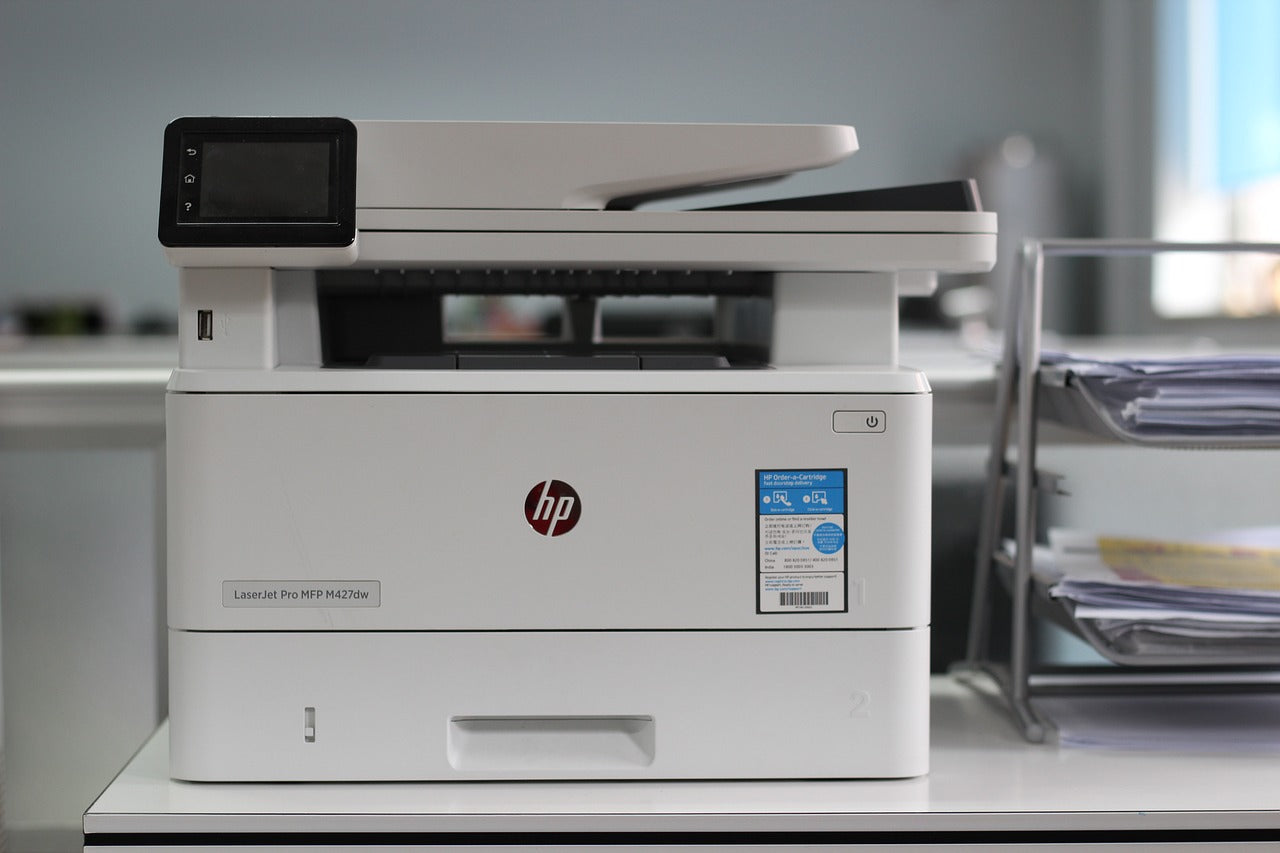Recent Post
Archive
- July 2024
- June 2024
- May 2024

Laser Scanner Failures: How to Diagnose and Fix Common Issues
Salman Faris
May 27, 2024
Introduction to Laser Scanners
Laser scanners are devices that use laser technology to capture detailed, precise images of objects or environments. They are commonly used in various industries, including engineering, construction, and healthcare, to create 3D models or perform measurements. Here are some key points about laser scanners:
- Laser scanners emit laser beams to scan an object and collect data points.
- These data points are used to create a digital representation of the object.
- Laser scanners are essential for tasks like quality control, reverse engineering, and inspection.
- Understanding the basics of how laser scanners work is crucial for diagnosing and fixing common issues that may arise during their use.
Common Issues with Laser Scanners
Common issues with laser scanners often involve calibration problems, connectivity issues, or software glitches. Calibration problems can lead to inaccurate scanning results, while connectivity issues may hinder the scanner’s ability to communicate with other devices. Software glitches can cause the scanner to malfunction or produce errors in the scanned data. It is essential to regularly check and maintain your laser scanner to prevent these common issues from affecting its performance.
Understanding the Importance of Diagnosis
Diagnosis is crucial in resolving laser scanner failures effectively. Identifying the specific issue is the first step towards a successful repair. Look out for common signs like error messages on the display, unusual noises during operation, or quality deterioration in scanned images. Diagnostic tools can help pinpoint the exact cause of the problem, whether it’s a software glitch, hardware malfunction, or calibration issue. Accurate diagnosis is key to addressing the root cause and ensuring your laser scanner operates smoothly again.
Tools Needed for Diagnosis
You will need a few basic tools to diagnose and fix common laser scanner failures. Some essential tools include:
- Screwdrivers
- Multimeter
- Cleaning materials like cotton swabs and isopropyl alcohol
These tools can help you identify and resolve issues with your laser scanner efficiently.
Step-by-Step Guide to Diagnosing Laser Scanner Failures
If your laser scanner is experiencing issues, follow these steps to diagnose and fix common problems:
- Check the Connections: Ensure all cables and connections to the scanner are secure and undamaged.
- Inspect the Scanner Bed: Look for any debris or obstructions on the scanner bed that may be affecting its performance.
- Calibrate the Scanner: Follow the manufacturer’s instructions to calibrate the scanner for accurate readings.
- Update Software: Make sure your scanner’s software is up to date to prevent compatibility issues.
- Clean the Scanner Lens: Dust and dirt on the scanner lens can cause distortion, so clean it carefully.
- Test with Different Settings: Experiment with different scanner settings to determine if the issue lies with a particular configuration.
- Contact Support: If the problem persists, reach out to the manufacturer or a professional for further assistance.
Following these steps can help you diagnose and resolve common laser scanner failures efficiently.
Addressing Common Laser Scanner Problems
Repairing common laser scanner problems can save you time and money. In many cases, issues arise from dust or debris obstructing the scanner’s sensor. Cleaning your laser scanner regularly can prevent this. Additionally, misalignment of the scanner can impact its performance. To address this, ensure that the scanner is properly calibrated. If problems persist, seeking professional help can provide accurate diagnosis and solutions.
Troubleshooting Techniques for Laser Scanner Failures
When facing laser scanner failures, a few key troubleshooting techniques can help diagnose and resolve common issues efficiently. Here are some effective strategies:
- Check the power source: Ensure that the laser scanner is properly connected to a stable power source and that there are no loose connections.
- Inspect the scanner components: Look for any visible signs of damage or obstruction within the scanner components, such as the mirrors or lenses.
- Clean the scanner: Dust or debris buildup can often cause scanning issues, so make sure to clean the scanner components carefully.
- Update drivers and software: Ensure that the scanner’s drivers and software are up to date to avoid compatibility issues.
- Calibrate the scanner: Perform a calibration process to ensure that the scanner is properly aligned and optimized for accurate scanning. By following these troubleshooting techniques, you can efficiently diagnose and address laser scanner failures to restore optimal performance.
Fixing Laser Scanner Issues
If your laser scanner is not working correctly, there may be a few common issues causing the problem. Here are some steps to help you diagnose and fix these problems:
- Check the connections: Ensure that all cables and connections are securely plugged in and not damaged.
- Clean the scanner: Dust and debris can accumulate on the scanner lens, affecting its performance. Use a soft, lint-free cloth to gently clean the scanner.
- Update drivers: Make sure you have the latest drivers installed for your scanner. Visit the manufacturer’s website to download any necessary updates.
- Calibrate the scanner: Follow the manufacturer’s instructions to calibrate the scanner properly.
- Inspect for physical damage: Check for any visible damage or malfunctions in the scanner’s components.
By following these steps, you may be able to identify and resolve the issues with your laser scanner.
Preventing Future Failures
To prevent future laser scanner failures, regular maintenance is crucial. Keep the scanner clean and free from dust and debris. Ensure proper ventilation for the scanner to prevent overheating. Regularly check for loose or damaged cables and connections. If you notice any abnormal sounds or malfunctions, address them promptly to avoid more significant issues. Consider investing in a surge protector to protect the scanner from power surges. Schedule routine check-ups with a professional technician to identify and fix potential problems before they worsen. Consistent preventive measures can help prolong the lifespan of your laser scanner and minimize downtime.
Conclusion and Recap
In conclusion, diagnosing and fixing laser scanner failures can be done by first identifying the specific issue causing the malfunction. Once identified, follow these steps to fix common problems:
- Clean the scanner: Dust and debris can cause errors, clean the scanner thoroughly.
- Check connections: Ensure all cables and connections are secure and functioning.
- Update software: Keep the scanner software up to date.
- Calibrate the scanner: If necessary, recalibrate the scanner for accuracy.
Recapping these steps will help you efficiently troubleshoot and resolve laser scanner failures.
← Older Post Newer Post →




